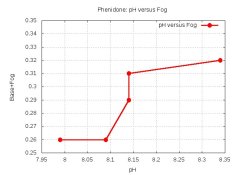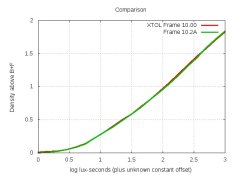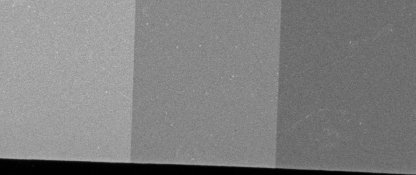Photo Engineer
Subscriber
NP, just clarifying my comment combined with yours.
PE
PE
Home made pH meter? Sounds pretty good for home made.
Also, buffers, for whatever reason, often are off a little bit from calculated values. You can made fine adjustments to them. For borate buffers, use boric acid to make it more acidic, and sodium hydroxide to raise the pH.
I have never heard anyone other than yourself say that Phenidone produces more fog than Dimezone-S.

Mark;
Another good reason to use Dimezone-S, unless there is an antifoggant in XTOL!
PE
Way back when, he said he was going to get a patent on his special chelating agent, but I have seen nothing in the literature yet. PE
Shaking entrains more oxygen. PE
Mark,I mixed a new batch of XTOL a couple of days ago, storing it in five 1-litre bottles. And I thought of a way of making it last longer: Store the extra bottles in the refrigerator. Sulfite will precipitate out of solution, but when it's time to start a new bottle, warming and shaking it should bring the precipitate back into solution. Kirk Keys reminded me that chemical reactions proceed half as fast with each 10C temperature-drop, so refrigeration should make XTOL last around 1.5-2 years instead of 6 months. Is there any reason why this would not work?
Mark Overton

 -
-

| Photrio.com contains affiliate links to products. We may receive a commission for purchases made through these links. To read our full affiliate disclosure statement please click Here. |
PHOTRIO PARTNERS EQUALLY FUNDING OUR COMMUNITY:  |


